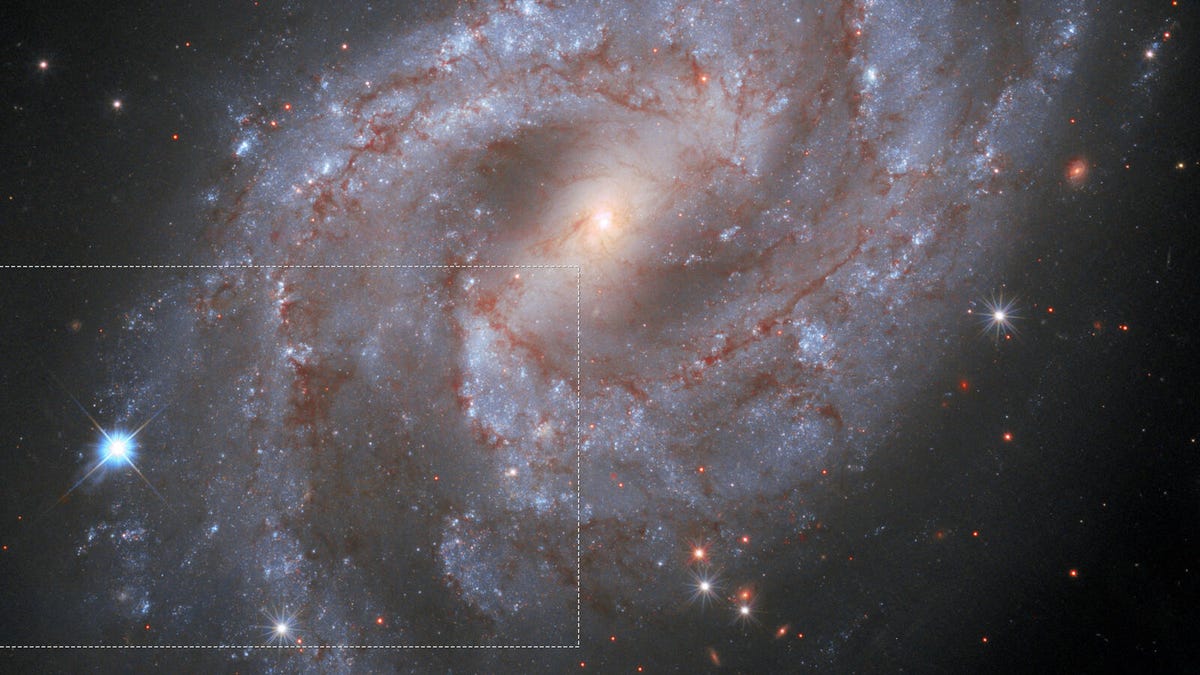NASA's Hubble Telescope saw a gigantic, exploding star disappear into the void
NASA and ESA watched the remnants of a star go from the radiance of 5 billion suns to almost nothing over the course of a year.
Titanic, runaway thermonuclear explosion. A disappearing act. Nature's atomic bomb. NASA sure knows how to describe a supernova, the final moments of a star's existence.
Seventy-million light-years away in the scenic spiral galaxy NGC 2525, a white dwarf exploded and the Hubble Space Telescope witnessed its last days. NASA and the European Space Agency, which jointly run Hubble, released a rare time-lapse of the supernova's fading brightness.
The space telescope first started watching the supernova, named SN 2018gv, in February 2018. The time-lapse covers almost a year of Hubble observations.
The supernova initially outshone the other stars in its host galaxy. "When a star unleashes as much energy in a matter of days as our sun does in several billion years, you know it's not going to remain visible for long," NASA said in a statement on Thursday.
Hubble observed the supernova while scientists were working to better understand the expansion rate of the universe. "More than just providing celestial fireworks, supernovae can be used as milepost markers to measure distances to galaxies," NASA said. "This yardstick is needed to calculate how quickly galaxies appear to be flying apart from one another, which in turn provides an age estimate for the universe."
While supernovae are relatively common across the span of the universe, Hubble's time-lapse gives us a rare peek at the dramatic process along with a poignant reminder that even stars aren't permanent.


